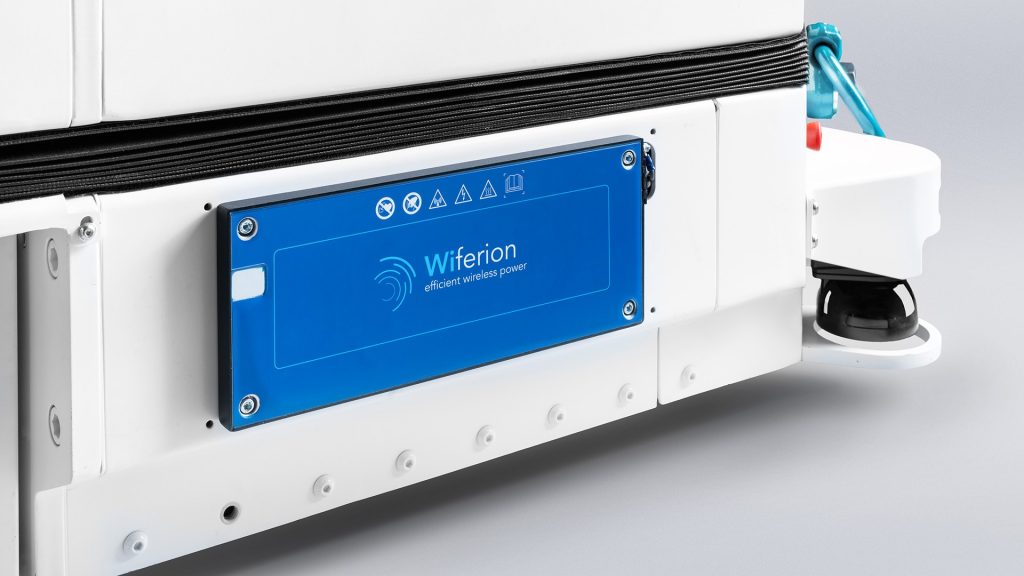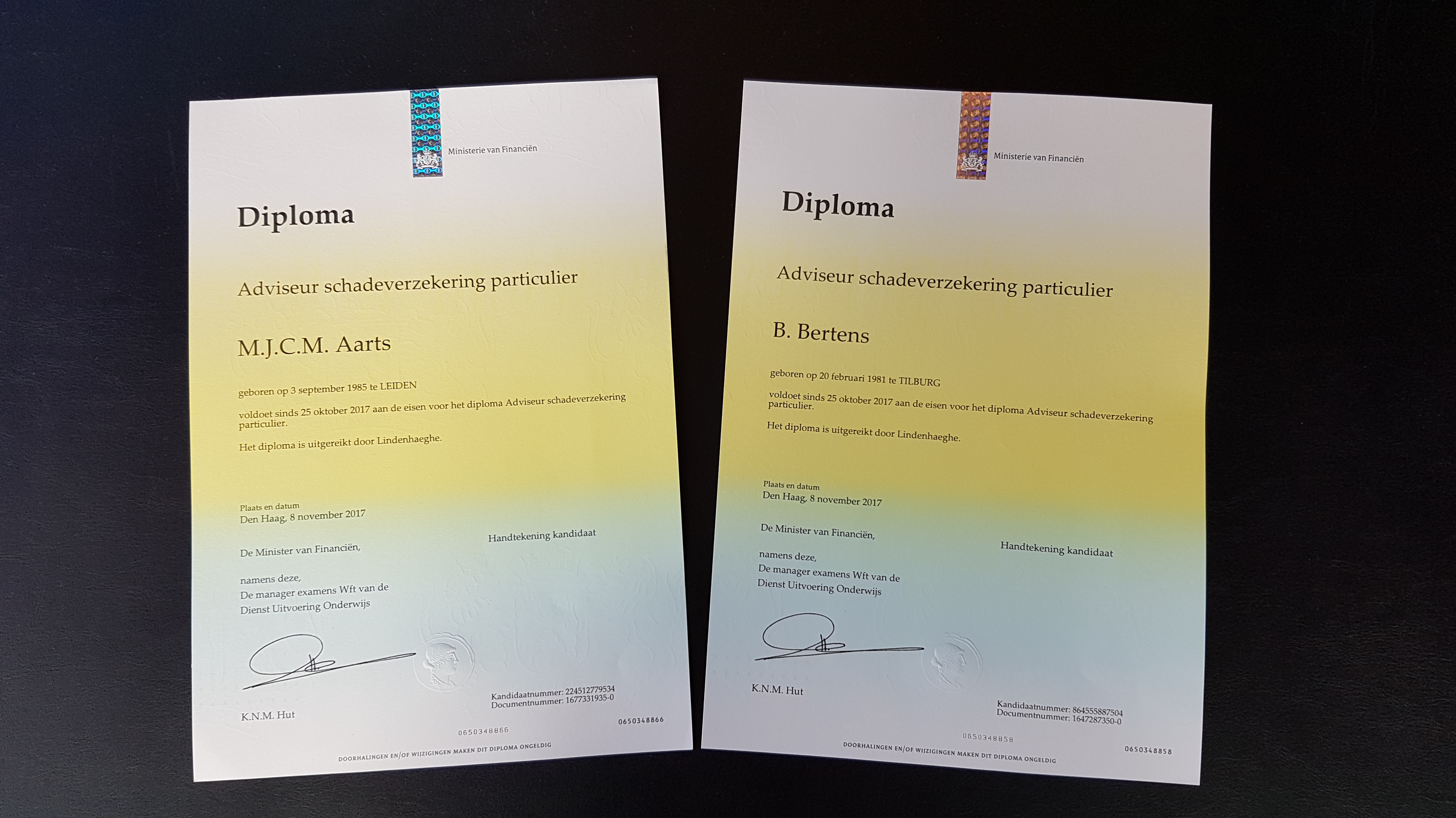

#What is wft pairing software free
The investigation also aimed to identify the initial reservoir conditions and establish the free water level (FWL) in each fluid zone. An analytical analysis of the measured pressure gradients allowed the reservoir compartments to be defined, taking into account the types of reservoir fluids present. This device can be employed to discriminate between formation fluids in real time. Thus, the pressure gradients and variations in this reservoir were measured using a modular formation dynamics tester (MDT). The oil reservoir examined in the present case study consisted of different zones with ambiguous fluid limits.

For each fluid zone, it is essential to identify the fluid present and its range. They are also carried out to establish the initial reservoir pressure and reservoir potential.

These steps are mainly performed to determine the number and types of fluids in the reservoir. Hence, integration of both methods is useful to further minimize the prediction error, improve the accuracy of predrill pore pressure prediction, and reduce the drilling hazards in the study area.Ĭompartmentalizing the reservoir and determining its initial properties are key steps in the development of an oil field. The findings of this study have shown that although both basin modeling and seismic velocity can successfully replicate the measured pressure profiles, in some faults blocks, they still have minimal prediction error because of the limitation of each method. This study aims to evaluate the results of pore pressure prediction obtained from both the techniques and to compare the predicted pressure with measured pressure data. Basin modeling pressure prediction results have shown that it can successfully predict the pore pressure when appropriate input parameters such as porosity-permeability history is considered. 3D basin modeling is carried out to test various hypotheses and reconstruct the overpressure evolution in the study area. Hence, modified Eaton exponent is used which gave best match between predicted and measured pressure data. Therefore, its exponent was calibrated with measured pressure data obtained from repeated formation tester. Eaton method with its default parameters did not give good prediction results. Eaton method is used for 3D pore pressure prediction using seismic interval velocity. 3D predrill pore pressure prediction is carried out using 3D pre-stack depth-migrated seismic interval velocity and 3D basin modeling technique. This necessitates the careful estimation of predrill pore pressure for well planning, safe drilling, and migration modeling for prospect evaluation. In the Malay Basin, vast area under the top of overpressure remains unexplored due to high overpressure in the deeper strata. Early use of WFT data and pressure profiles during field appraisal can be particularly leveraging. Interpreted WFT data can provide valuable and cost-effective input on issues such as residual hydrocarbons, fluid contacts, pay identification, trap geometry, seal capacity, reservoir compartmentalization, and reserve estimates. In addition to these applications, WFT data also provide formation permeability estimates, and high resolution borehole temperature information. Typical applications of pressure profile analysis include (a) identification of pore fluid type, (b) estimation of pore fluid properties, (c) estimation of fluid contacts and hydrocarbon column heights, (d) quantification of depletion and overpressure, (e) identification of hydrodynamic conditions, and (f) investigation of lateral and vertical reservoir continuity and connectivity. The availability of more accurate data has also re-focussed views on potential complexities, as well as on the need for rigorous quality control during both data acquisition and data analysis.
#What is wft pairing software software
Advances in tool design, metrology, and computer software over the past decade have increased the use and impact of WFT data in exploration, appraisal, and development. Pressure-depth plots (P-D plots) are the most common interpretation tool used for WFT pressure data, but other techniques that amplify subtle pressure differences are also available.

Formation pore pressures can be directly measured in the subsurface by wireline formation test (WFT) tools which include the RFT, FMT, SFT, MDT, RCI, and RDT. Pressure profile analysis is concerned with the study of systematic variations of formation pore pressure with depth.


 0 kommentar(er)
0 kommentar(er)
